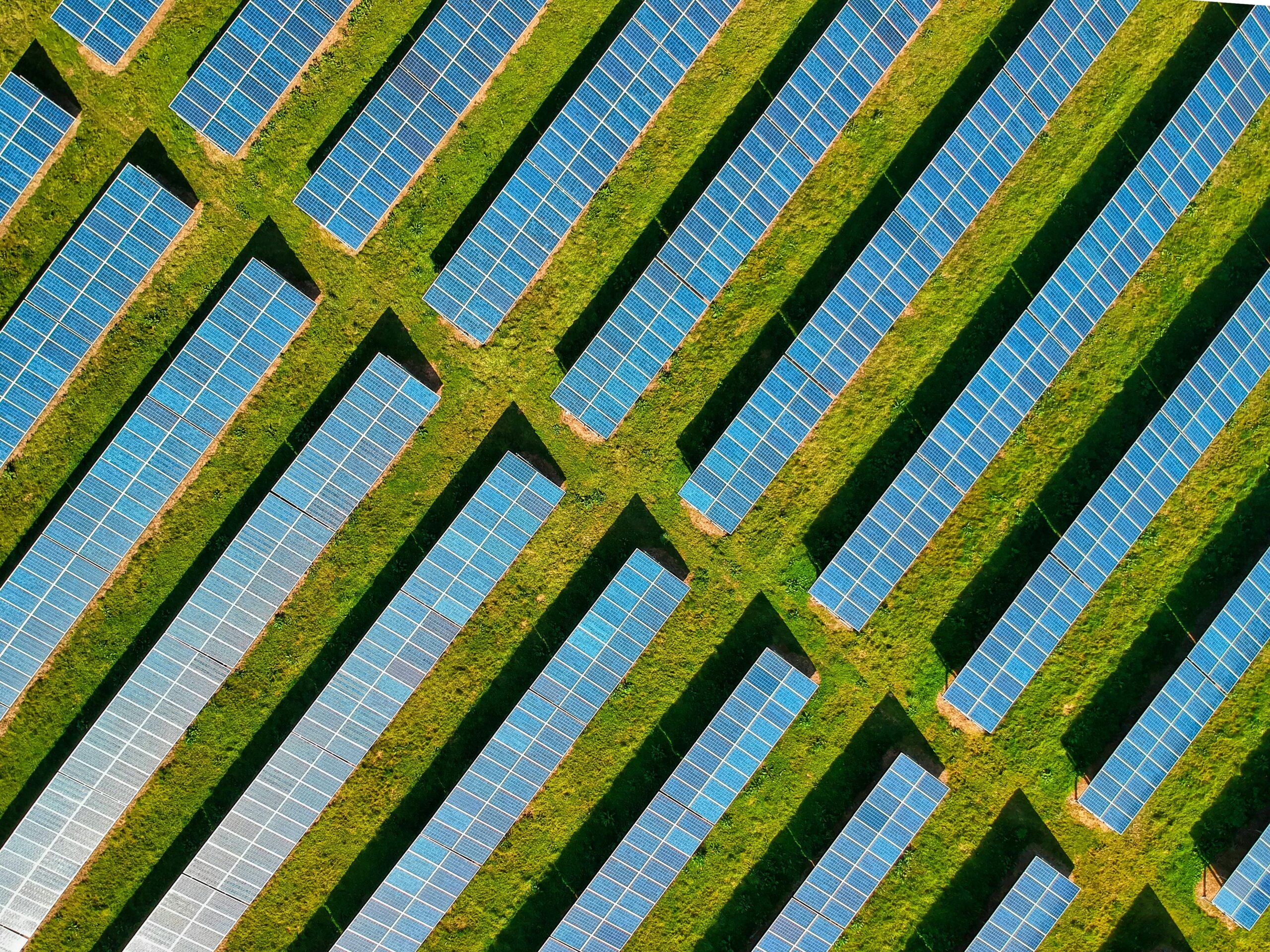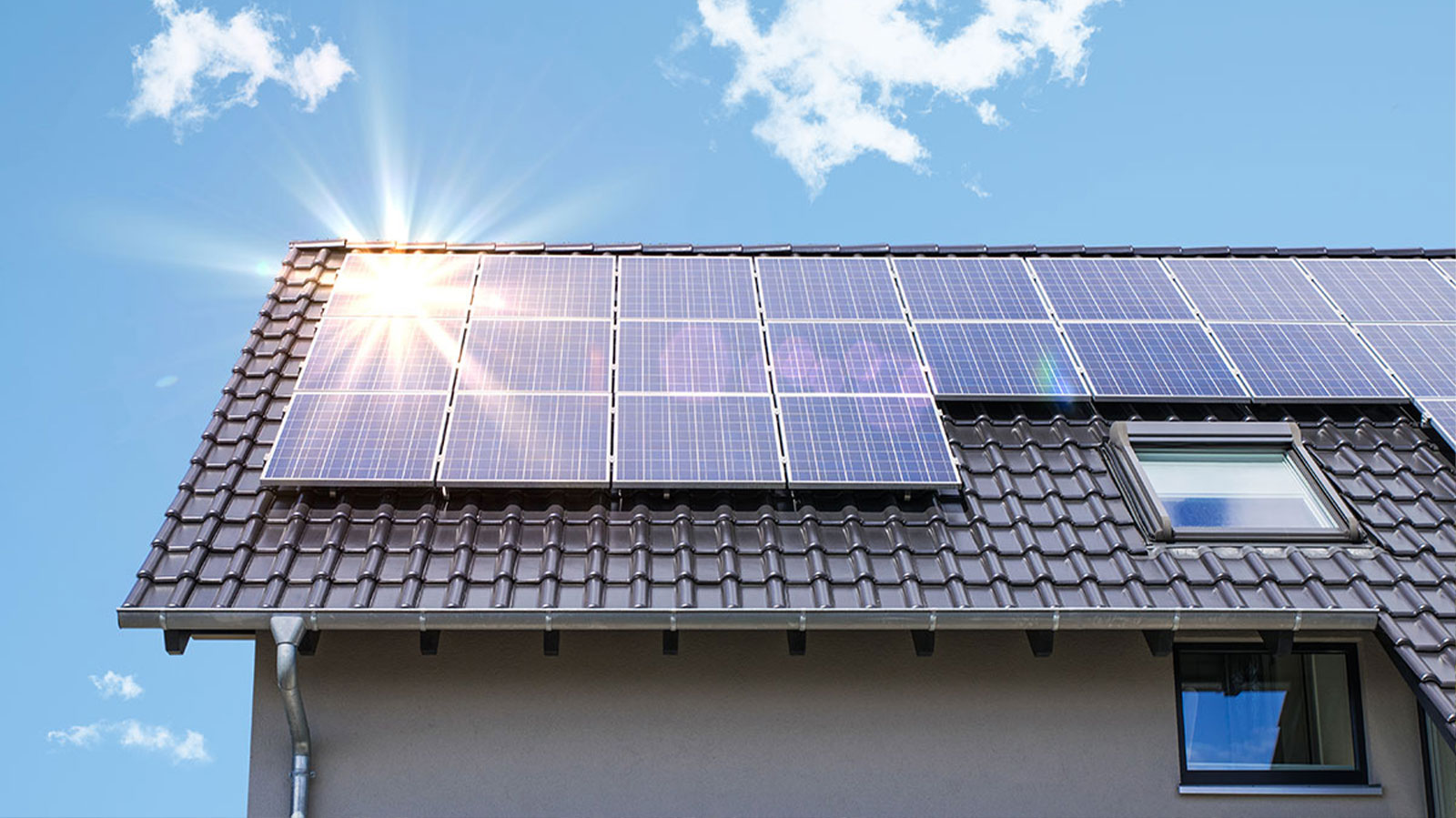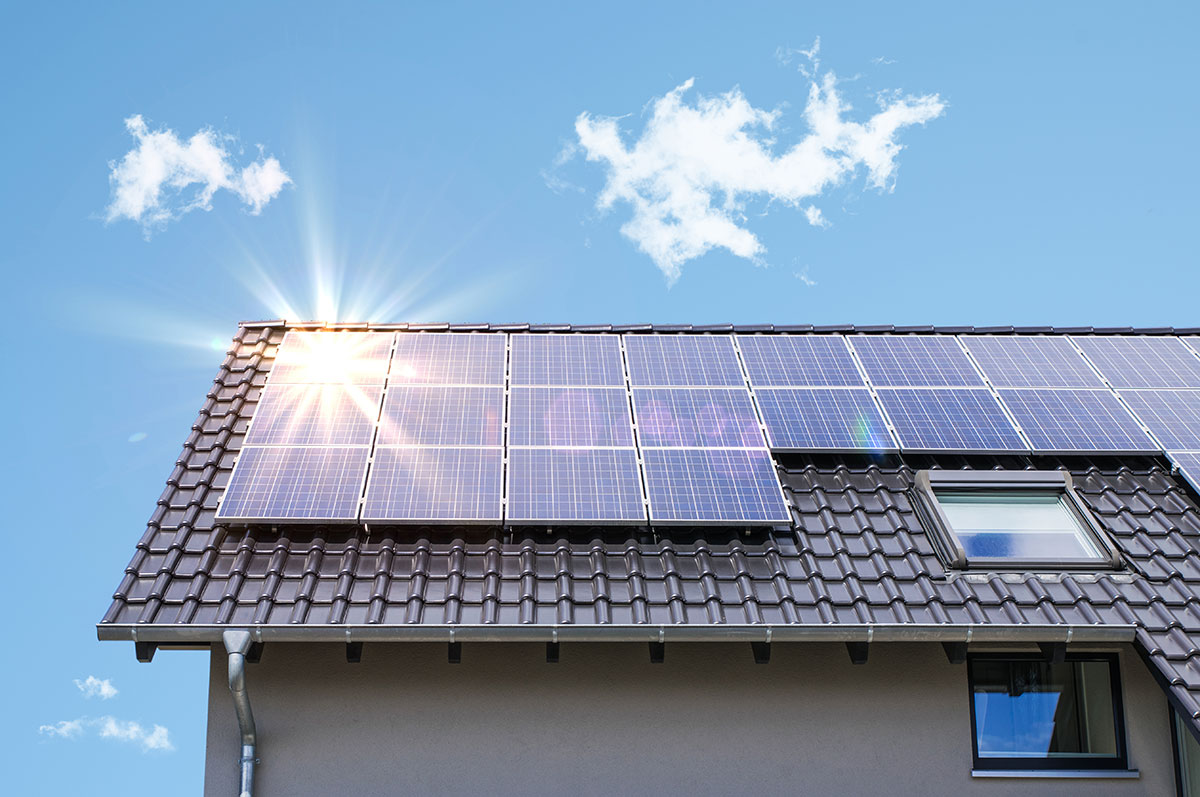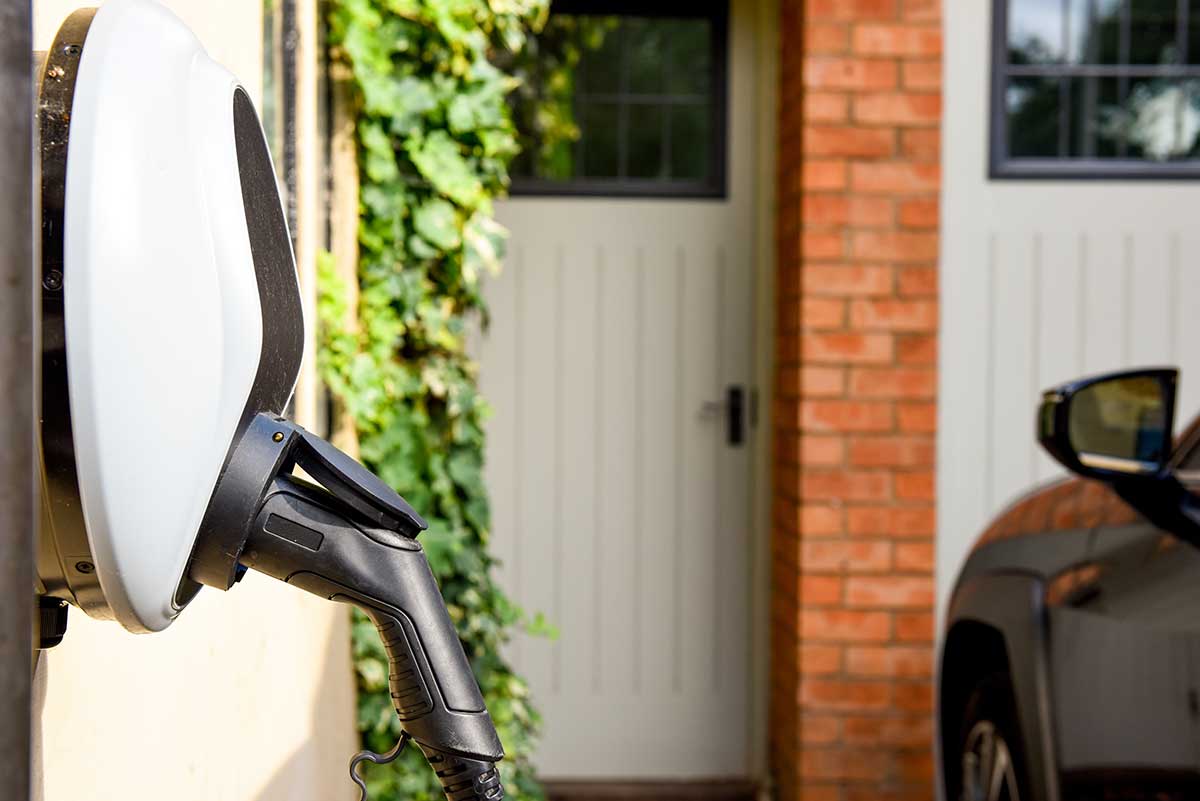
Solar Power Generation Hit All-time Monthly Peak in May

Written by
Briain Kelly
Last edited
27/07/2024
May was a powerful month for solar power in Ireland as the sector reached its highest ever recorded figure on the national grid.
Provisional data from Eirgrid shows that grid-scale solar produced 71,731 MWh (megawatt hours) of electricity in May 2024, up from 61,082 MWh in the same period in 2023.
This is just from grid or utility scale solar farms, and does not include any power generated by rooftop solar PV which is mostly used where it is generated.
This represented 2.7% of all electricity generated in May, which is the highest proportion of solar power generation recorded on the grid to date for any monthly period.
Diarmaid Gillespie, Director of System Operations at EirGrid, said, “As more renewable energy becomes available in the coming years, we’ll be able to bring more wind and solar energy onto Ireland’s grid.”
“Solar power has become a notable feature of the Irish power system over the last year in particular, as demonstrated by the figures for May.”
Renewables counted for 28% of all electricity produced in May, Eirgrid’s provisional data shows, with wind dominating at 20.4%.
Long Term Renewable Energy Targets
Ireland has set a goal of producing 80% of electricity from renewable energy by 2030, which demands continuous growth of both solar and wind power generation.
At the moment the national grid can only handle 75% of electricity production coming from renewables at any one time in what is known as the system non-synchronous penetration (SNSP) limit.
“The balancing of supply and demand becomes more complex as more variable renewables, like wind and solar, come onto the grid, so upgrades, enhancements and new projects are required across the country, as set out in our Shaping Our Electricity Future roadmap,” Diarmaid Gillespie.

James Dorrian, Managing Director of Energy Efficiency Ireland, said that continued growth of rooftop solar can help with the strain being placed on the grid.
“Rooftop solar power is used first in whatever house, offices, or factory it’s installed on. Having solar panels become a standard part of houses and businesses in Ireland has great potential to reduce the demand for electricity from the grid in the first place.”
“This will make it far easier to reach that 80% goal through the delivery of more utility scale solar and wind farms.”
The large scale deployment of solar panels for both homes and solar farms has become significantly easier in recent years, with the average price of solar modules dropping by 50% in 2023 alone.
In April, EirGrid confirmed it had reduced the minimum number of large conventional fossil-fuelled generators that must operate on Ireland’s electricity grid at any one time from five to four.
This will allow for a reduction in carbon emissions and create more opportunity for renewable generators to meet power requirements.
Author:

Briain Kelly
RENEWABLE ENERGY RESEARCHER
Briain Kelly is a Leinster based journalist and content creator who has been writing about energy efficiency and renewable energy technologies for nearly three years. He researches the latest news in multiple areas related to solar power, electric vehicles, heat pumps, and home energy upgrades. His writing includes both technological developments and government policy.
Author:

Briain Kelly
Renewable Energy Researcher
Briain Kelly is a Leinster based journalist and content creator who has been writing about energy efficiency and renewable energy technologies for nearly three years. He researches the latest news in multiple areas related to solar power, electric vehicles, heat pumps, and home energy upgrades. His writing includes both technological developments and government policy.
Solar Power Generation Hit All-time Monthly Peak in May
Written by
Briain Kelly
Last edited
27/07/2024
May was a powerful month for solar power in Ireland as the sector reached its highest ever recorded figure on the national grid.
Provisional data from Eirgrid shows that grid-scale solar produced 71,731 MWh (megawatt hours) of electricity in May 2024, up from 61,082 MWh in the same period in 2023.
This is just from grid or utility scale solar farms, and does not include any power generated by rooftop solar PV which is mostly used where it is generated.
This represented 2.7% of all electricity generated in May, which is the highest proportion of solar power generation recorded on the grid to date for any monthly period.
Diarmaid Gillespie, Director of System Operations at EirGrid, said, “As more renewable energy becomes available in the coming years, we’ll be able to bring more wind and solar energy onto Ireland’s grid.”
“Solar power has become a notable feature of the Irish power system over the last year in particular, as demonstrated by the figures for May.”
Renewables counted for 28% of all electricity produced in May, Eirgrid’s provisional data shows, with wind dominating at 20.4%.
Long Term Renewable Energy Targets
Ireland has set a goal of producing 80% of electricity from renewable energy by 2030, which demands continuous growth of both solar and wind power generation.
At the moment the national grid can only handle 75% of electricity production coming from renewables at any one time in what is known as the system non-synchronous penetration (SNSP) limit.
“The balancing of supply and demand becomes more complex as more variable renewables, like wind and solar, come onto the grid, so upgrades, enhancements and new projects are required across the country, as set out in our Shaping Our Electricity Future roadmap,” Diarmaid Gillespie.

James Dorrian, Managing Director of Energy Efficiency Ireland, said that continued growth of rooftop solar can help with the strain being placed on the grid.
“Rooftop solar power is used first in whatever house, offices, or factory it’s installed on. Having solar panels become a standard part of houses and businesses in Ireland has great potential to reduce the demand for electricity from the grid in the first place.”
“This will make it far easier to reach that 80% goal through the delivery of more utility scale solar and wind farms.”
The large scale deployment of solar panels for both homes and solar farms has become significantly easier in recent years, with the average price of solar modules dropping by 50% in 2023 alone.
In April, EirGrid confirmed it had reduced the minimum number of large conventional fossil-fuelled generators that must operate on Ireland’s electricity grid at any one time from five to four.
This will allow for a reduction in carbon emissions and create more opportunity for renewable generators to meet power requirements.
Author:

Briain Kelly
RENEWABLE ENERGY RESEARCHER
Briain Kelly is a Leinster based journalist and content creator who has been writing about energy efficiency and renewable energy technologies for nearly three years. He researches the latest news in multiple areas related to solar power, electric vehicles, heat pumps, and home energy upgrades. His writing includes both technological developments and government policy.
Author:

Briain Kelly
Renewable Energy Researcher
Briain Kelly is a Leinster based journalist and content creator who has been writing about energy efficiency and renewable energy technologies for nearly three years. He researches the latest news in multiple areas related to solar power, electric vehicles, heat pumps, and home energy upgrades. His writing includes both technological developments and government policy.





